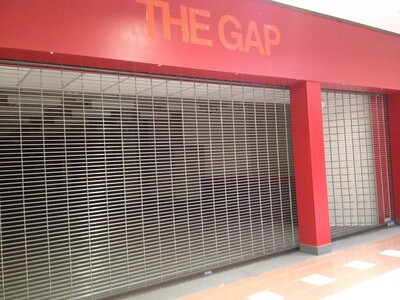According to data from the National Student Clearinghouse Research Center, students who take a gap year rarely return to school. Using both pre- and post-pandemic data, the NSC determined that fewer than 2.5% of students who take a break enroll anywhere after the 1-year anniversary of their high school graduation. The pandemic has made that pattern marginally worse.
Using enrollment statistics from the Class of 2018, researchers determined that about 2.5% of gap students enrolled in college in Fall 2019. The Class of 2019 did slightly worse; only 2.2% of gap students enrolled in classes in Fall 2020. The Class of 2020 did slightly worse than 2019 grads did; only 2% of them returned to school in Fall 2021.
The overall message from the NSC is that taking a break is a virtual guarantee that a high school graduate will not return to school. This finding was also recently confirmed by the Vermont Student Assistance Corporation (VSAC). According to their analysis of the Class of 2012 Vermont high school graduates, only half of students who intentionally waited a year to return to school actually enrolled in higher education classes.
Planning is the key to ending the gap year
Students who had a gap year plan were more likely to follow through on it than students who did not. Students who graduated with high school but had no plan for their break other than “figuring out what they wanted to do” were unlikely to enroll in college coursework at the end of 12 months. Income was a minor determinant in a student’s decision to return to school. Students from higher-income schools were most likely to enroll in college classes. In the Class of 2020, 2.5% of students who attended higher-income schools enrolled in college courses following their time off. Only 1.5% of students from low-income schools followed through on their plans. Graduates from urban high schools were the least likely to return to school following a gap year.
The direction here is clear: there is a role for community colleges to help eliminate educational gaps. Students who have made a plan prior to leaving high school are more likely to return to school. So, developing resources to help students plan a gap is critical. Establishing regular communication with students who intend to take a gap year is one way to help close the gap. Helping students with major exploration, application deadlines, financial aid applications, scholarship searches, testing requirements, enrollment deadlines, and even basic financial planning can also help them return to school after taking time off.
Community colleges that don’t actively recruit and support gap year students miss the opportunity to enroll them later on.
Photo Credit: Mike Kalasnik, via Flickr







